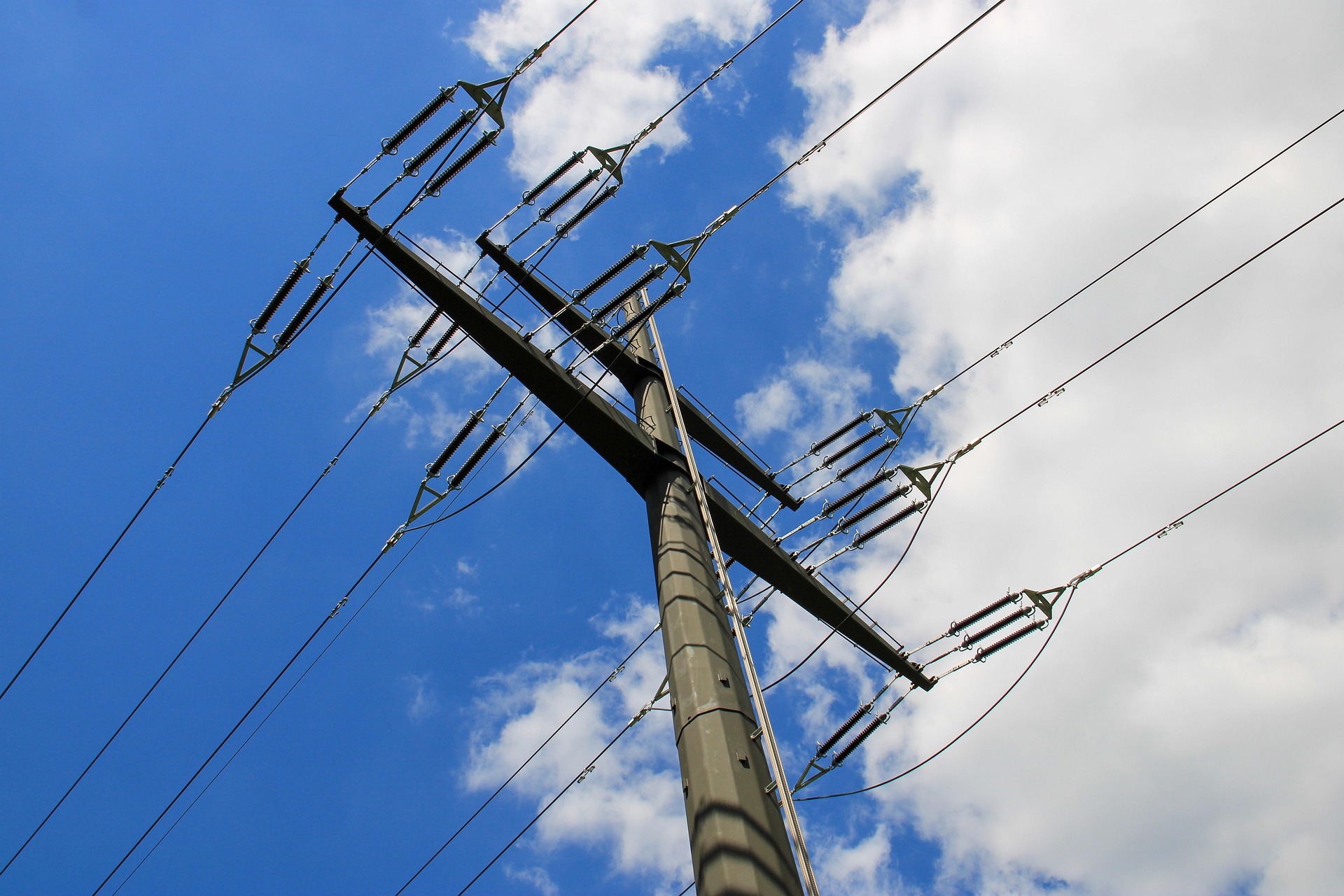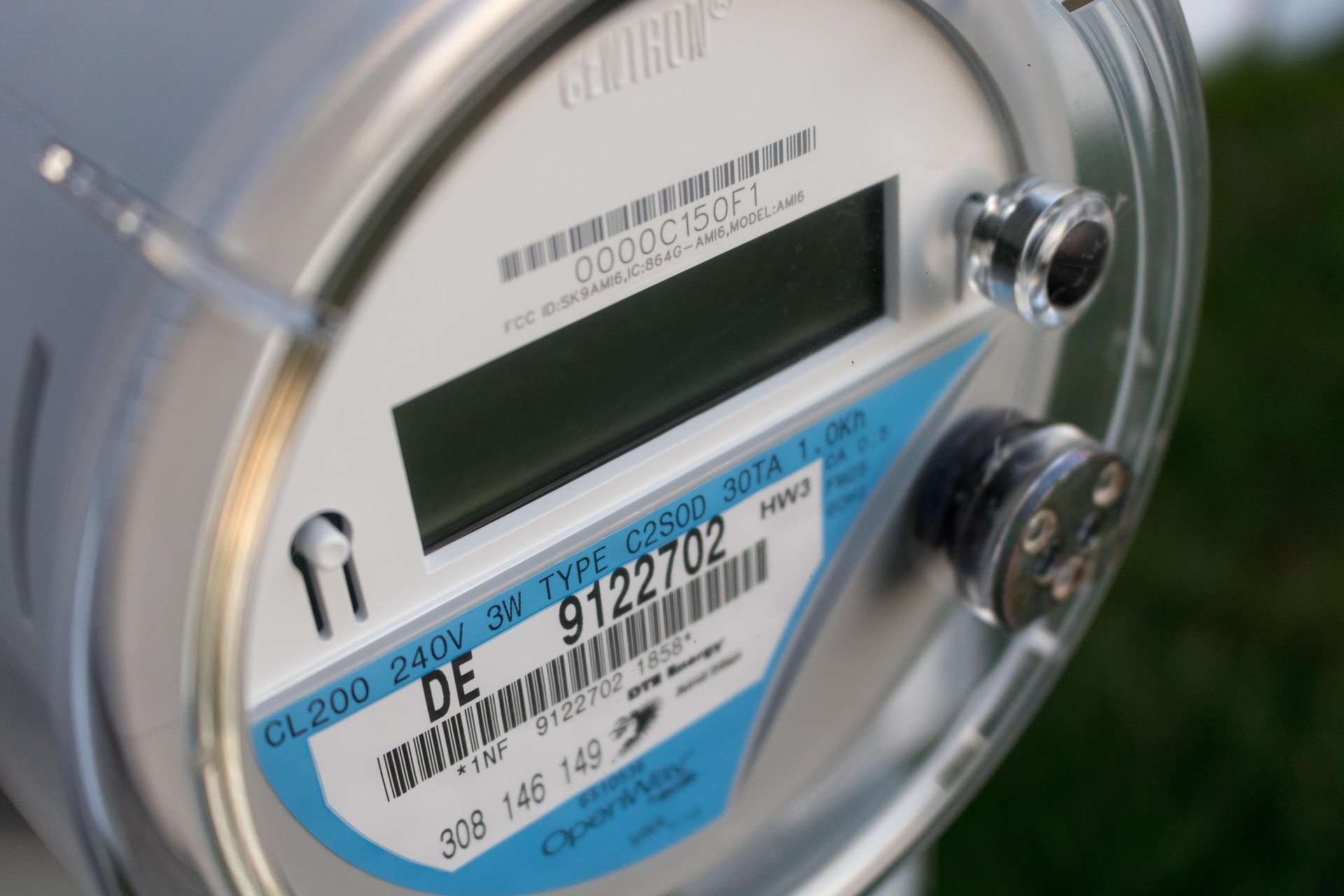By the time most people think about how to protect solar panels, damage has already been done. Sure, solar panels are built to last and are often treated as a “set-and-forget” setup. But they’re not indestructible. Every home faces different risks. One might be in a hail-free zone, while another deals with frequent storms or heavy pollen. Those differences can change how vulnerable your system really is. Thankfully, keeping your system protected doesn’t have to be complicated. In this article, I’ll walk you through the key risks, along with simple and practical methods on how to keep your solar panels safe year-round.
Ways to Protect Solar Panels From Damage
Hailstorm Protection
Most solar panels can withstand hail. In fact, I’ve seen homeowners come out of a hailstorm with zero damage to their system, even when their roof took a beating.
However, this doesn’t mean panels are invincible. Hail ranks among the leading causes of severe weather-related insurance claims in the U.S., especially in states like Texas and Nebraska where storms are frequent and intense. Cracks can still happen, especially if hail hits at just the right angle or combines with strong wind.
That said, if you’re in a hail-prone region or just want peace of mind, here’s what you can do:
- Adjust the tilt (if possible). Ground-mounted or tracker panels can sometimes be angled to reduce direct hail impact. But be careful, as adjusting the angle could increase wind exposure. Asking for professional guidance is recommended in this case.
- Use hail nets or shields. These physical barriers can help absorb or deflect hail, especially in places where spring and summer storms are a yearly concern.
- Stay alert during hail season. Follow the weather forecast so you’re not caught off guard.
- Review your insurance policy. Many homeowner policies include hail damage, but make sure to double-check if that’s the case for you. You don’t want to find out the hard way that your coverage falls short.
Lightning Protection
Solar panels themselves don’t attract lightning, but the risk comes from poor grounding. If your system isn’t grounded properly, a single surge can destroy your inverter, damage your wiring, or worse, cause a fire.
In normal circumstances, homeowners don’t have to worry about lightning risks, especially if your system is installed by a licensed professional. Proper grounding and safety measures are built into the installation process and required by electrical codes.
Of course, there’s no harm in confirming this. Ask your installer if a lightning arrestor or any other surge protection device has been included to keep your system safe.
Surge Protection
Surges aren’t just caused by lightning. Grid switching, downed lines, and unstable power in rural or older neighborhoods can also send unexpected voltage spikes through your system.
Your solar panels themselves are not the weak link. It’s the inverter and your home’s sensitive electronics that take the hit.
That’s why surge protection deserves its own attention, even if you already have grounding in place.
To reduce this risk, talk to your installer about adding a surge protection device (SPD).
Type 1 or Type 2 SPDs, installed at your main panel or near your inverter, can help block these voltage spikes before they cause trouble.
And while you’re at it, take a moment to review your insurance policy. Some plans don’t cover surge-related damage unless specific protections are already in place.
Protection from Wildlife
You might not think twice about birds or squirrels when looking at your solar setup, but these critters are one of the sneakiest threats to your system.
They nest under your panels not just for shelter. They also chew wires, leave behind corrosive droppings, and sometimes dislodge panels or racking hardware.
And because these issues build up quietly, many homeowners don’t notice the damage until system performance drops or a major fault is detected. To stay ahead of costly damage, here’s what you can do:
- Install wire mesh or critter guards. These barriers run along the edges of your panel array and block birds or rodents from nesting underneath, while still allowing airflow.
- Watch for early signs of damage. Droppings, scratching noises, or visible nests under your panels are signs you should act quickly.
- Call a professional. Poorly installed mesh protectors (as a result of DIY installation) can trap debris, cause rust, or damage the panel frame itself. Reach out to your installer (or a licensed wildlife control expert, if necessary) for help.
Rain Protection
Rain on its own won’t harm your solar panels. On the contrary, it can be beneficial as it helps rinse away dust, pollen, and other debris that would otherwise block sunlight.
The real risk comes when rainwater pools in areas it shouldn’t. On flat roofs or areas with poor drainage, standing water can slowly corrode wiring, mounts, or other hardware, which can lead to bigger problems over time.
Here’s how to avoid that:
- Install panels at a tilt. Angled panels allow water to slide off naturally rather than collect underneath.
- Keep gutters and downspouts clear. Clogged drainage can cause overflow that may affect nearby solar components.
- Inspect drainage around your system. If water tends to pool in certain areas, ask your installer about possible design adjustments.
Protection From Dust, Dirt, and Debris
Dust, dirt, and debris are three of the most common reasons solar panels underperform, especially in dry areas, near farmland, or close to construction zones.
These elements can form a film that blocks sunlight from reaching the solar cells. That drop in output often goes unnoticed until a spike in your electric bill or a dip in your monitoring app alerts you.
Here’s how to keep your panels clean and clear:
- Clean your panels regularly. For most homes, rinsing once or twice a year with a garden hose is enough to maintain performance. However, homes near farmland, dusty roads, or construction areas may need more frequent cleaning.
- Avoid pressure washers. They can damage seals or crack the glass. For more, see our solar panel cleaning guide.
- Trim nearby trees and vegetation. This helps prevent falling leaves, pollen, and other debris from collecting on or under your panels.
Fire Protection
Fires caused directly by solar panels are rare. In most cases, the real issue is electrical arcing, which tends to start from weak points like poor wiring or loose connections. These flaws can lead to overheating and eventually cause a fire.
Here are a few ways to reduce the risk of fire hazards around your solar system:
- Confirm built-in fire safety features. Ask your installer whether your system includes arc fault detection and rapid shutdown devices. These are now required by most codes and can shut things down before a fault escalates.
- Schedule inspections after major storms. Even if your roof looks fine from the ground, a professional check can catch wiring issues or loose connections that may not be obvious.
- Clear out dry debris. Keep the area beneath and around your panels free of dry leaves, branches, or twigs, especially if you live in a wildfire-prone region.
For further information, make sure to check our guide on solar panel fires.
Flood Protection
Most rooftop panels sit high enough to avoid floodwaters. The concern lies with ground-mounted panels. If not properly sealed or elevated, these components can suffer from short circuits, inverter failure, and long-term corrosion.
If your solar system is in a flood-prone area, here’s how to keep it protected:
- Ask your installer to raise key components above base flood elevation. A professional should make sure your inverter, wiring, and battery aren’t sitting where flood water can easily reach them.
- Confirm enclosure protection. Ask your installer whether the enclosures are rated NEMA 4 or higher, as these are better at keeping water out.
- Request a flood risk assessment. Your installer may recommend relocating vulnerable components or upgrading to more flood-resistant gear based on your property layout.
General Tips for Solar Panel Protection
Some protective habits are worth following no matter what type of threat you’re dealing with. Think of these tips as your solar system’s SOPs to prevent small issues from turning into bigger problems:
- Disconnect solar panels when unused for extended periods. This prevents unnecessary wear on the system and reduces exposure to electrical risks.
- Add your system to your home insurance policy. Most providers allow this at little or no added cost, but you’ll want it in writing.
- Choose certified panels and parts. Standardized, well-rated equipment usually means better protection, easier repairs, and stronger warranties – something a certified solar installer can help you with.
- Schedule a yearly inspection. Check for cracks, loose wiring, corrosion, or dirt buildup. If you’re working with a Solar EPC, they can handle these inspections as part of your routine maintenance plan.
- Avoid experimental coatings or DIY sprays. Panels already use tempered glass, which is stronger than polymethyl methacrylate (PMMA) or plastic layers. Adding more may do more harm than good, not just to the panel structure but also to performance.
- Call your installer when in doubt. Keep in mind that some fixes may void your solar warranty or introduce new issues. To be safer, check with a solar professional.
Install Your Home Solar Panels the Right Way
Always remember: No upgrade, fix, or workaround later on will match the reliability of a system that’s been installed properly from the start. A well-installed system runs quietly, performs efficiently, and rarely demands attention beyond routine checks.
And it all comes down to working with a certified solar installer – someone who can design your system to meet both your energy goals and long-term protection standards.
We at Avail Solar have installed home systems for hundreds of confident solar owners across Utah, Nevada, and Colorado. Request a quote today and see how we can help!


